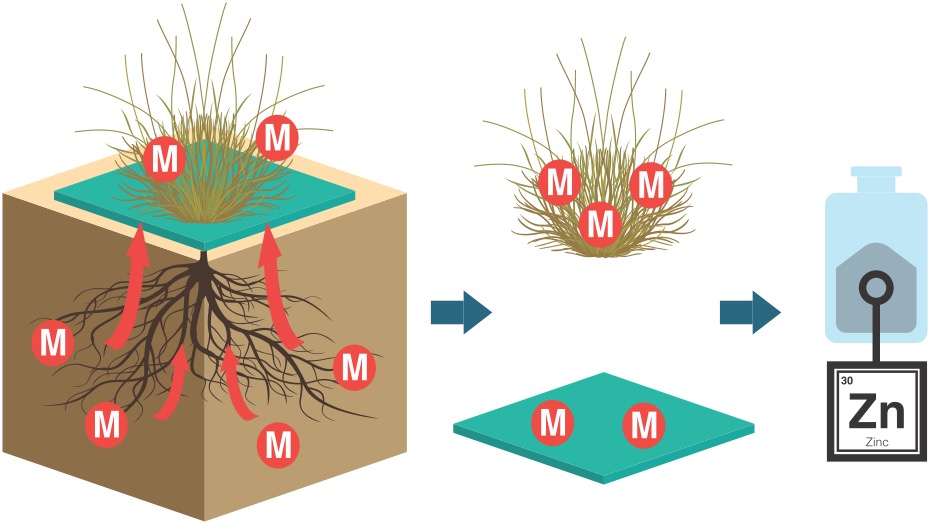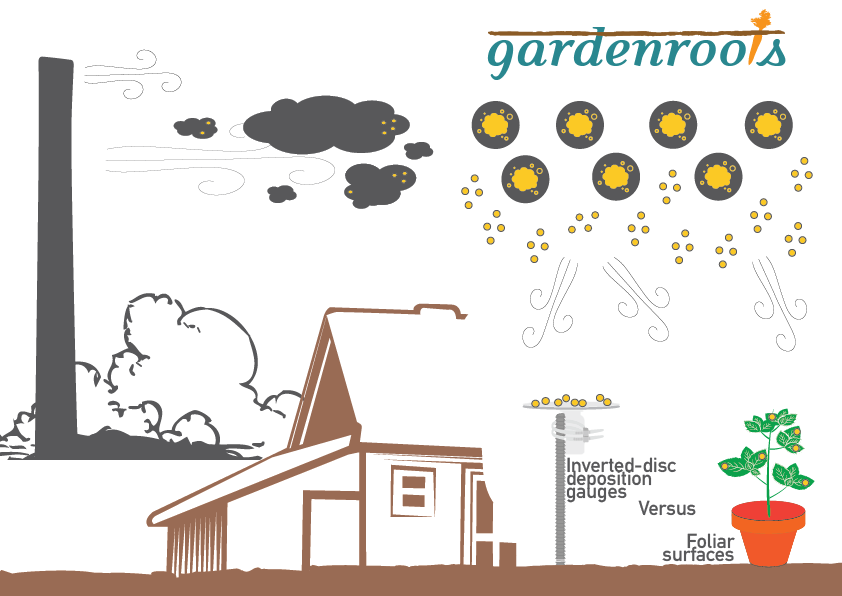Heavy metal contaminated soils and water are widespread in the US resulting from mining and other industrial activities. This project envisions these contaminated waste materials as an economic resource. The project is designed to demonstrate that foams and hydrogels chemically modified with ligand groups will i) bind zinc cations and improve the efficiency of their removal and separation from contaminated soils and water, and ii) support plant growth and increase zinc phytoextraction from metal-contaminated substrate by hyperaccumulating plants. Dr. Loy’s research group is chemically modifying foams and hydrogels to create gel-foam composites with high capacity for metal binding with enhanced structural integrity relative to hydrogels by themselves. These foams and gels will then be tested with plants in green house studies to evaluate their ability to enhance the capacity of plants to extract and concentrate contaminant metals of economic significance.
Number of students trained through this project: 17 (7 undergraduates, 9 graduate students, 1 post-doctoral student)



